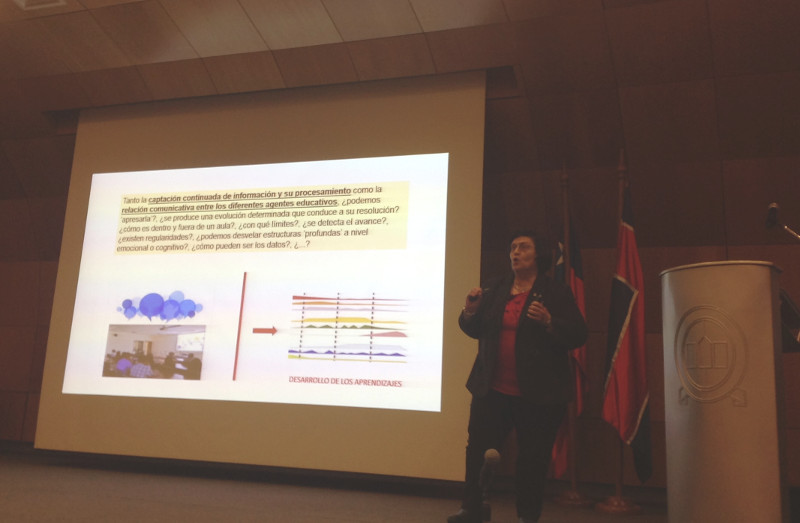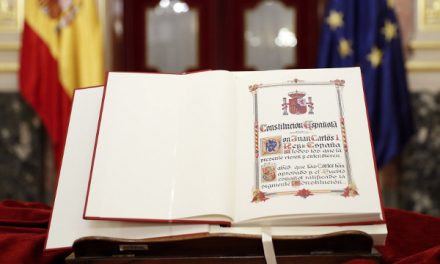“The communicative flow has different aspects that must be analysed from both direct and indirect observation”

Dra. María Teresa Anguera Argilaga
Teresa Anguera, professor at the Faculty of Psychology of the University of Barcelona and full academician of the Royal European Academy of Doctors-Barcelona 1914 (RAED), presented last October 20 at the V International Congress of Evaluation held at the University Andrés Bello from Santiago de Chile the conference “La observación directa e indirecta como herramienta de desarrollo de los aprendizajes” (Direct and indirect observation as a learning development tool), where he tackles the analysis of education for its updating and improvement starting from the so-called mixed methods, a combination of direct observation and indirect observation of the teacher and the educational channels.
“The communicative flow has different aspects, called dimensions, of which some are directly perceptible, such as facial expressions, personal distance, gestural behaviour… Direct observation is the ideal methodology for its study. While others, and especially the verbal behaviour, which although acoustically perceptible involves important interpretative difficulties, related to possible second meanings, ironic tone…, or the current forms of technologically mediated communication such as whatsapps, blogs…, must be studied from indirect observation”, reflects
For Anguera, this research process is located under the paradigm of mixed methods, which has been an emerging phenomenon in the last 15 years in all the countries of the world, headed by the United States. However, the innovative character that she presents in its work is that systematic observation, both direct and indirect, can be considered in itself a mixed method, something not yet contemplated by the classic authors of these methods.
“Although there are still very heterogeneous characterizations of mixed methods, at present we have reached the consensus that the qualitative and quantitative elements that come into play are integrated through a series of strategies”, concludes the academician.





